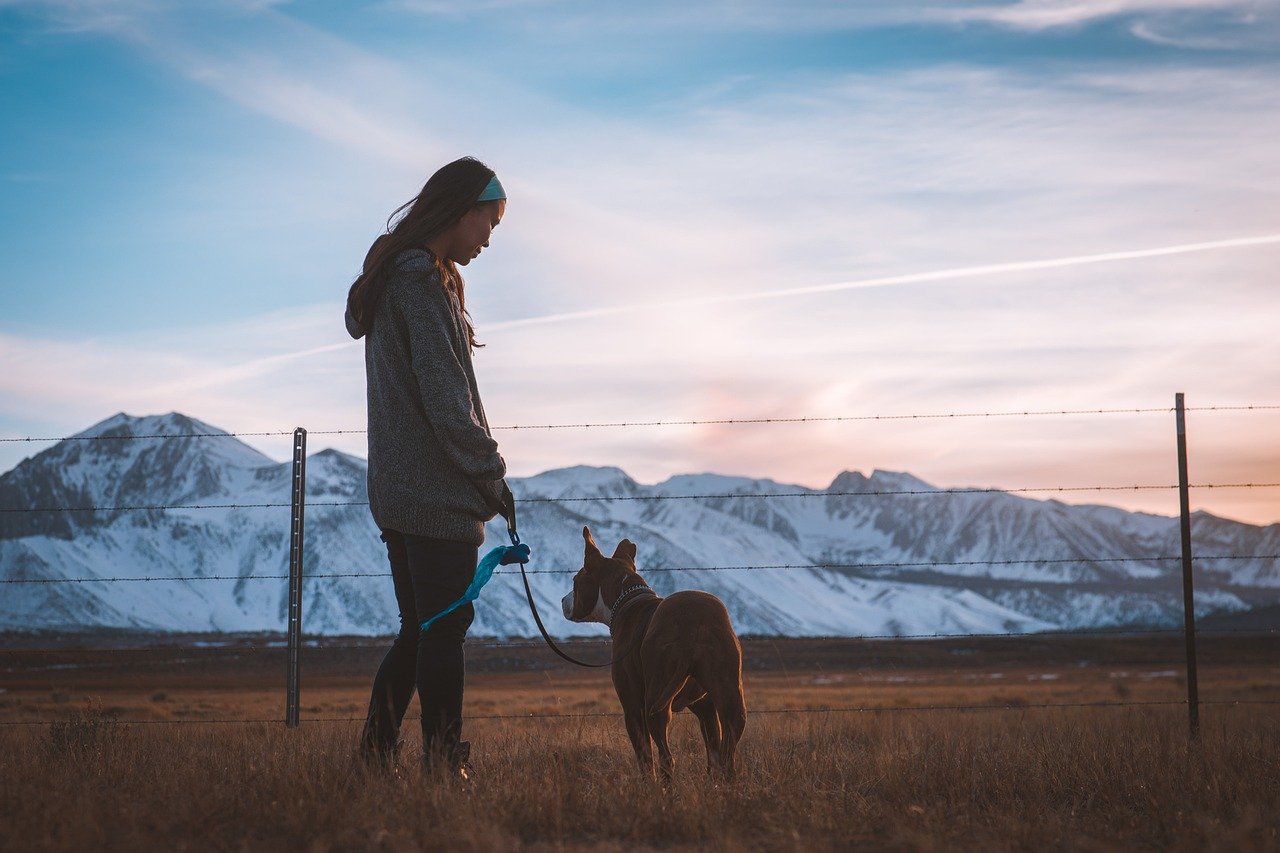Dogs are often referred to as man’s best friend. They’re known for their loyalty, playful spirits, and unwavering love. But what happens when you bring home a dog that seems more interested in the quiet corner of the room than in your affection? Bonding with an aloof dog can indeed test your patience, but the rewards of building that connection are profound. This guide will walk you through understanding and nurturing a relationship with a reserved canine companion.
Understanding Your Dog’s Aloof Nature
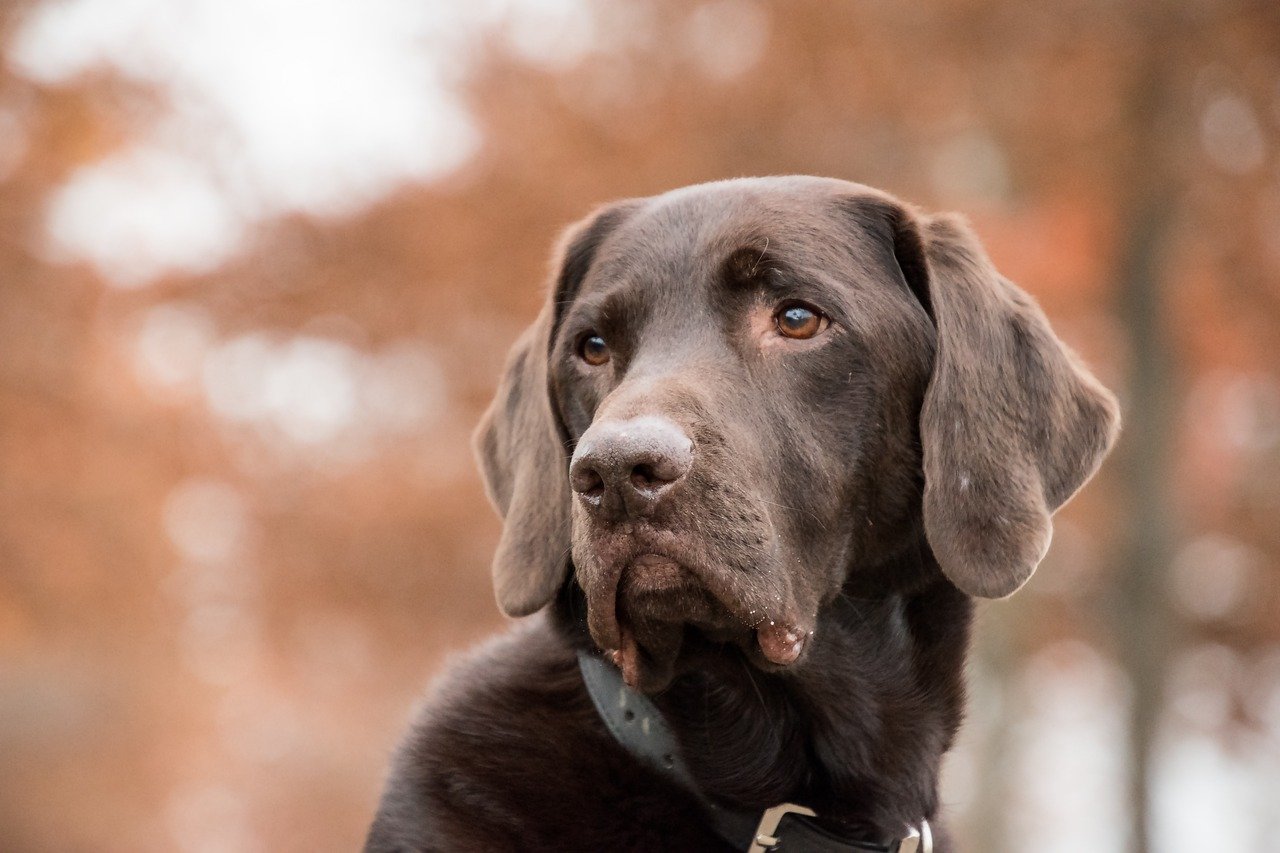
Not all dogs are instantly affectionate or eager for attention. Some are naturally independent, reserved, or even a bit standoffish—making the bonding process more challenging. But just because a dog is aloof doesn’t mean they don’t crave connection; they simply need time, trust, and the right approach. Whether you’ve adopted a shy rescue, have a breed known for its independent nature, or are struggling to get through to your four-legged friend, patience is key.
Every dog has its own personality, much like humans. Some dogs are naturally more reserved and aloof, not because they don’t like you, but because that’s just who they are. They might be shy, anxious, or perhaps have had past experiences that make them wary of new people. Understanding this aspect of your dog is the first step. Imagine meeting someone new; it takes time to build trust and friendship. Similarly, with an aloof dog, patience is key. Allow them to approach you in their own time, and avoid forcing interactions that may make them uncomfortable.
Creating a Safe Environment
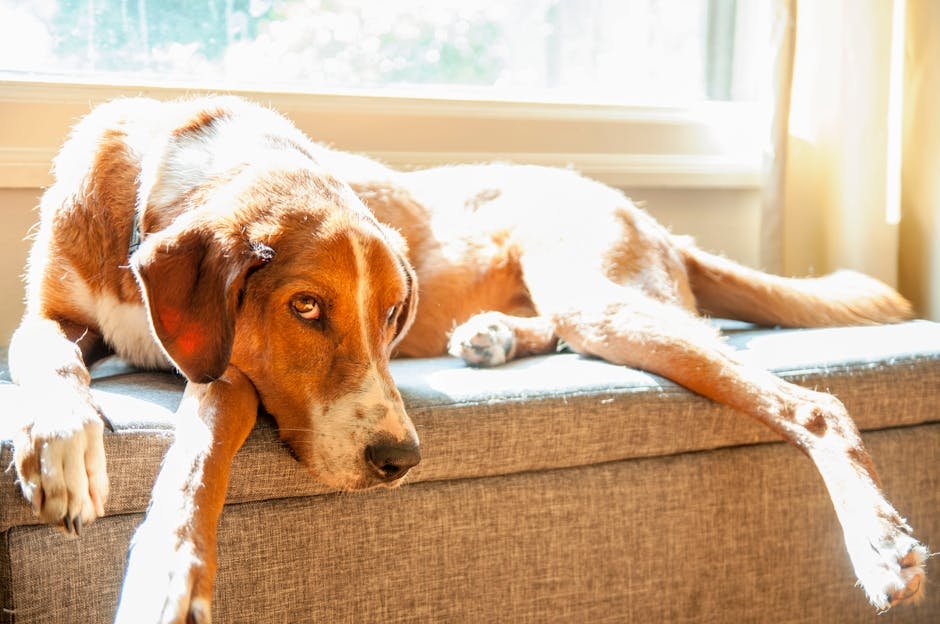
Aloof dogs often need a space where they feel secure and protected. This could be a cozy corner in your home filled with their favorite toys and a comfy bed. Think of it as their personal sanctuary. By providing this, you’re letting them know that they’re safe with you, which can be the foundation of trust. Just like humans, dogs need a place where they can retreat and feel at ease. This isn’t just about physical safety but emotional security as well.
Consistent Routines Are Key
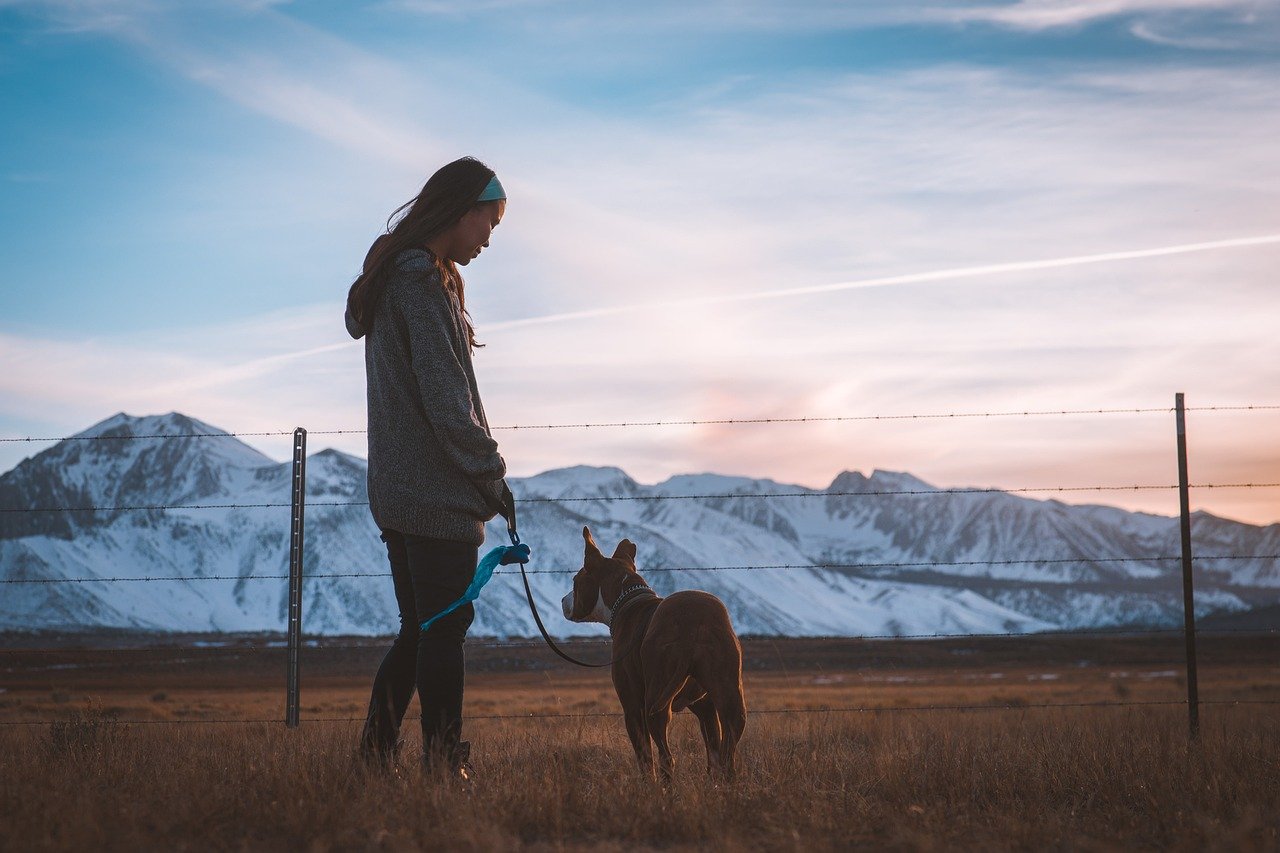
Dogs thrive on routine. Knowing what to expect each day can help an aloof dog feel more secure and comfortable. Regular feeding times, walks, and play sessions create a predictable environment. Imagine living in a world where everything changes constantly; it would be unsettling. Similarly, a consistent routine helps an aloof dog know what to expect, reducing anxiety and allowing them to relax more around you.
Patience is a Virtue
Bonding with an aloof dog is not a race; it’s a journey. It requires time, understanding, and a whole lot of patience. There might be days when you feel like you’re making progress, only to face setbacks. That’s okay. Progress can be slow, but every small step forward is a victory. It’s like learning a new skill; practice, persistence, and patience are crucial. Celebrate the small victories along the way, like when they choose to sit beside you or wag their tail in your presence.
Using Positive Reinforcement
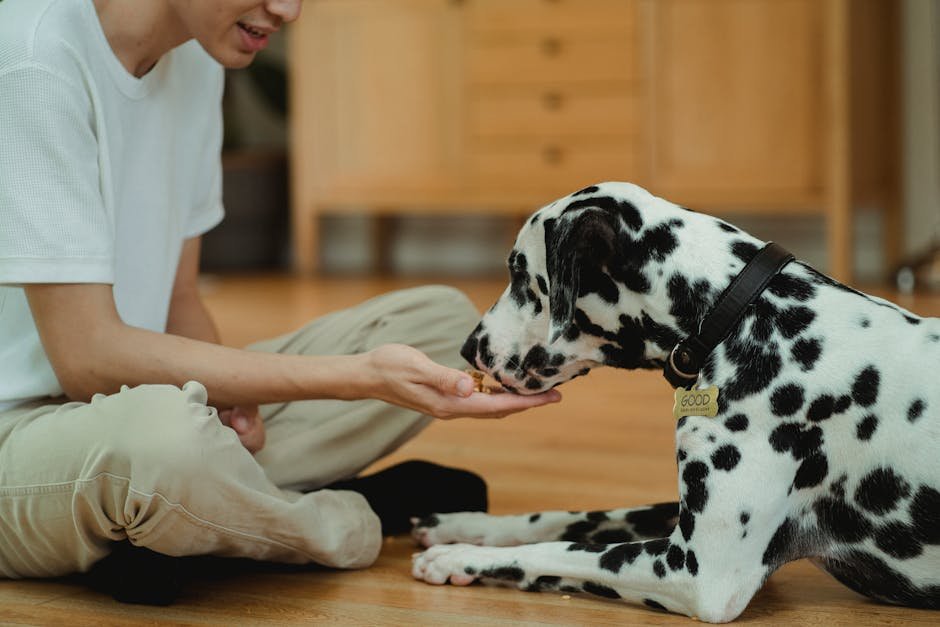
Positive reinforcement is a powerful tool in building a bond with your dog. When your aloof dog shows signs of affection or comes to you, reward them with treats, praise, or affection. Imagine getting a pat on the back every time you did something right; it feels good and encourages you to do it again. Similarly, rewarding your dog for positive behavior reinforces that behavior, making them more likely to repeat it.
Engaging in Interactive Play
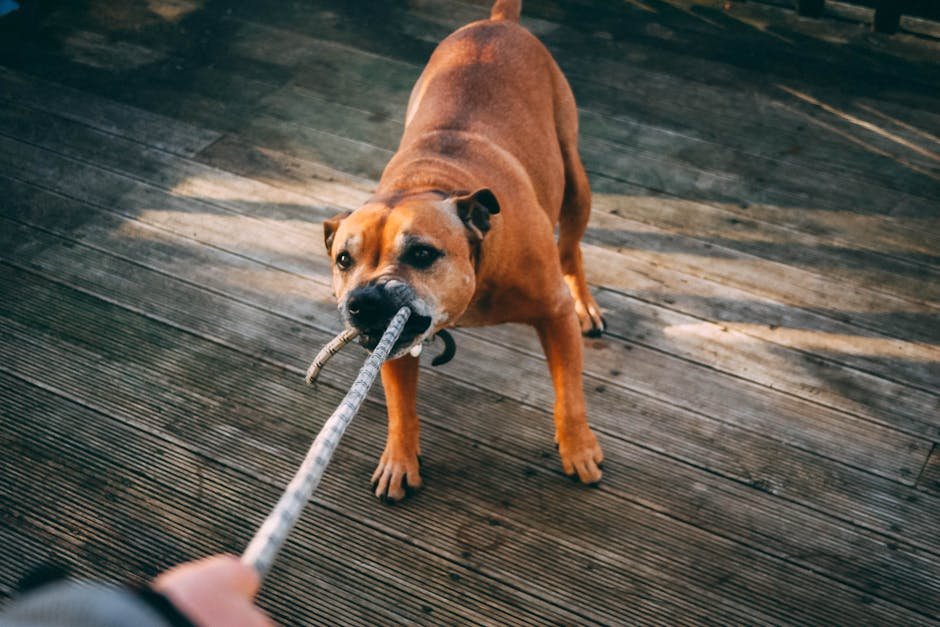
Playtime is not just about fun; it’s about building trust and understanding. Engage your aloof dog in games they enjoy. This could be fetch, tug-of-war, or even simple chase games. Think of it as a bonding activity that both of you enjoy. Playtime allows you to connect with your dog on their level, showing them that you’re not just a caregiver but also a friend and playmate.
Understanding Body Language
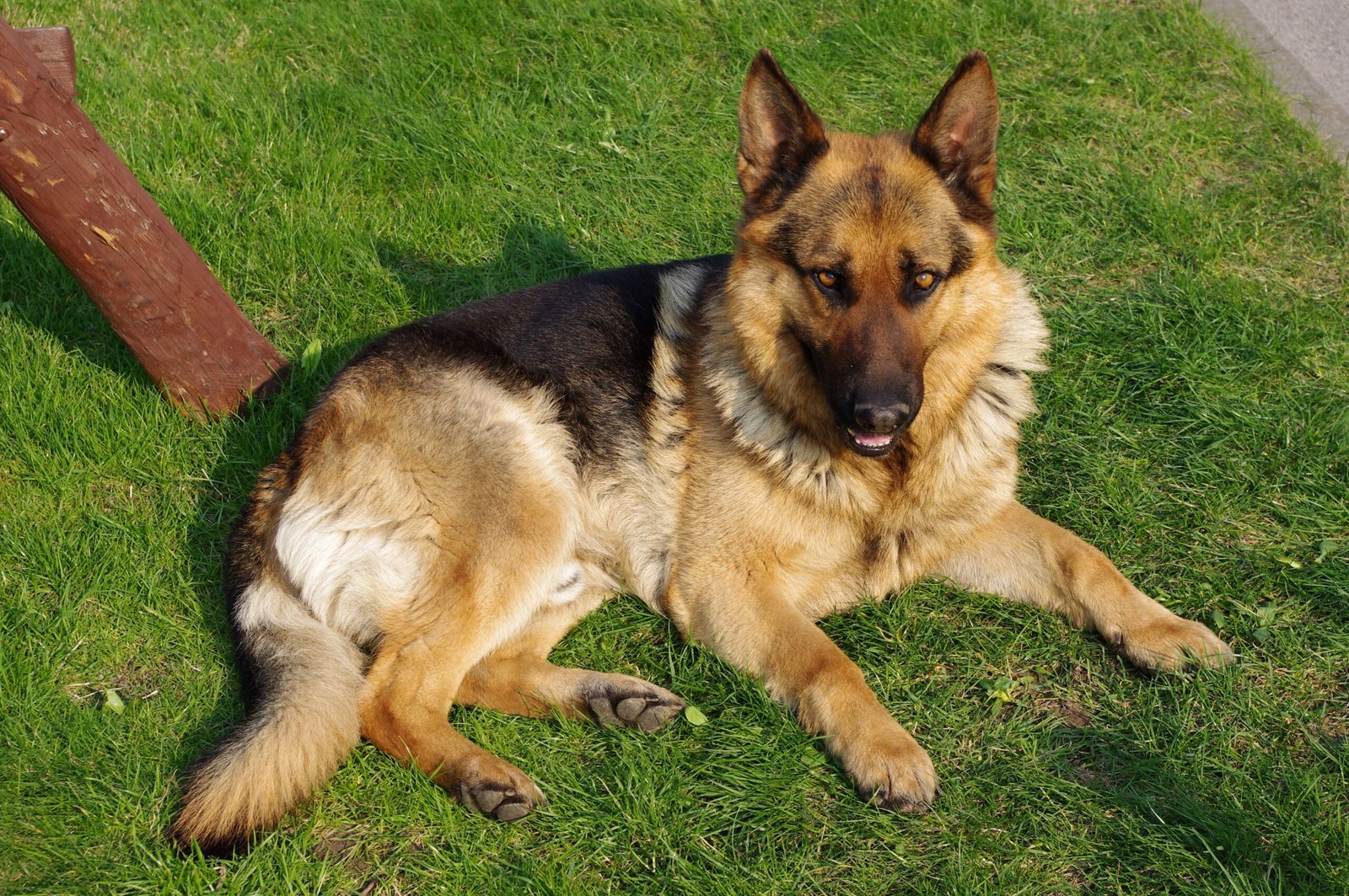
Dogs communicate primarily through body language. Understanding what your dog’s body language is telling you can be crucial in knowing how they feel. An aloof dog might have subtle cues that indicate they’re nervous or uncomfortable. It’s like reading a book; the more you understand, the better you can respond. Watch for signs like a wagging tail, relaxed ears, or a play bow, which indicate they’re comfortable and happy.
Building Trust Through Walks
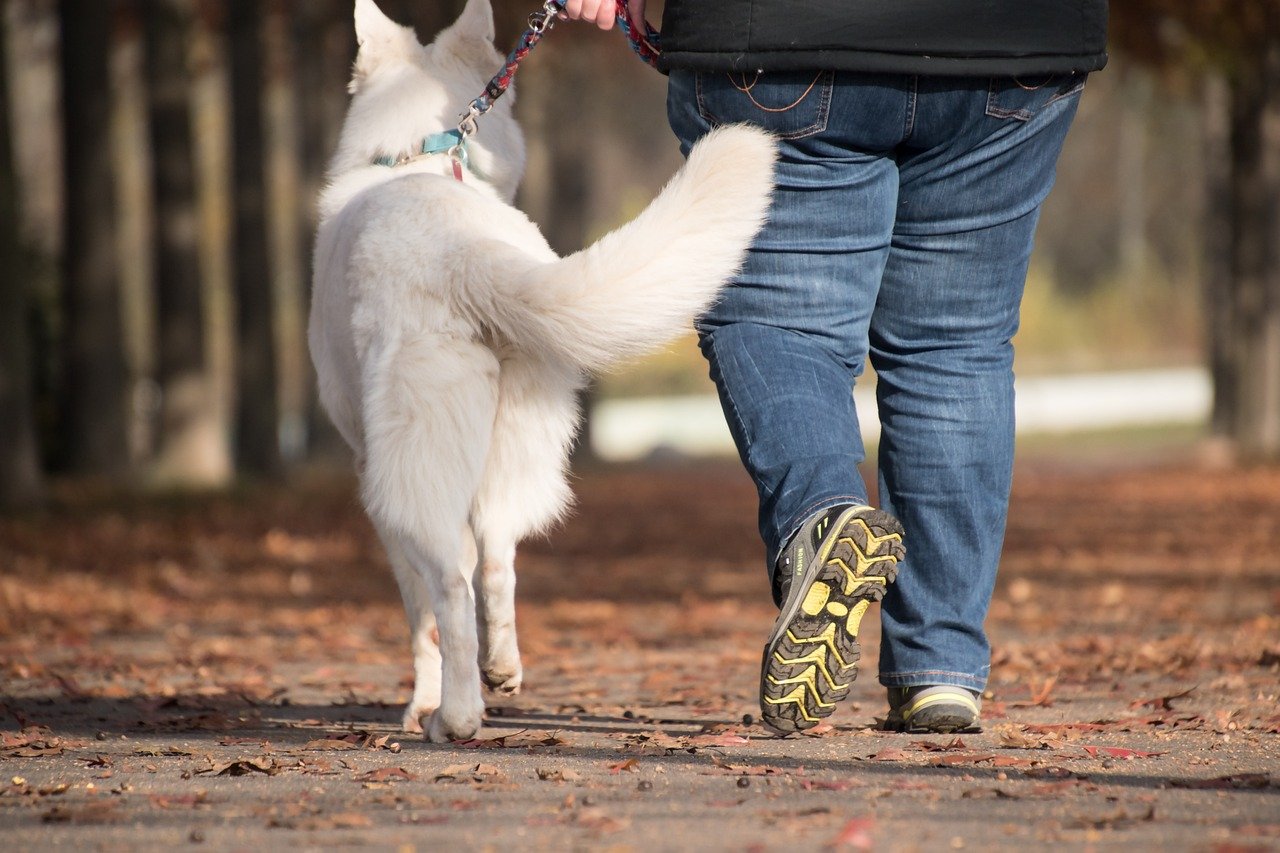
Walking your dog isn’t just about exercise; it’s a shared experience. Walks allow your dog to explore the world around them while being close to you. It’s a moment where they see you as their guide and protector. Walking together can strengthen your bond, as it’s a time when they rely on you for security and guidance. Over time, these shared adventures build trust and camaraderie.
Respecting Their Space
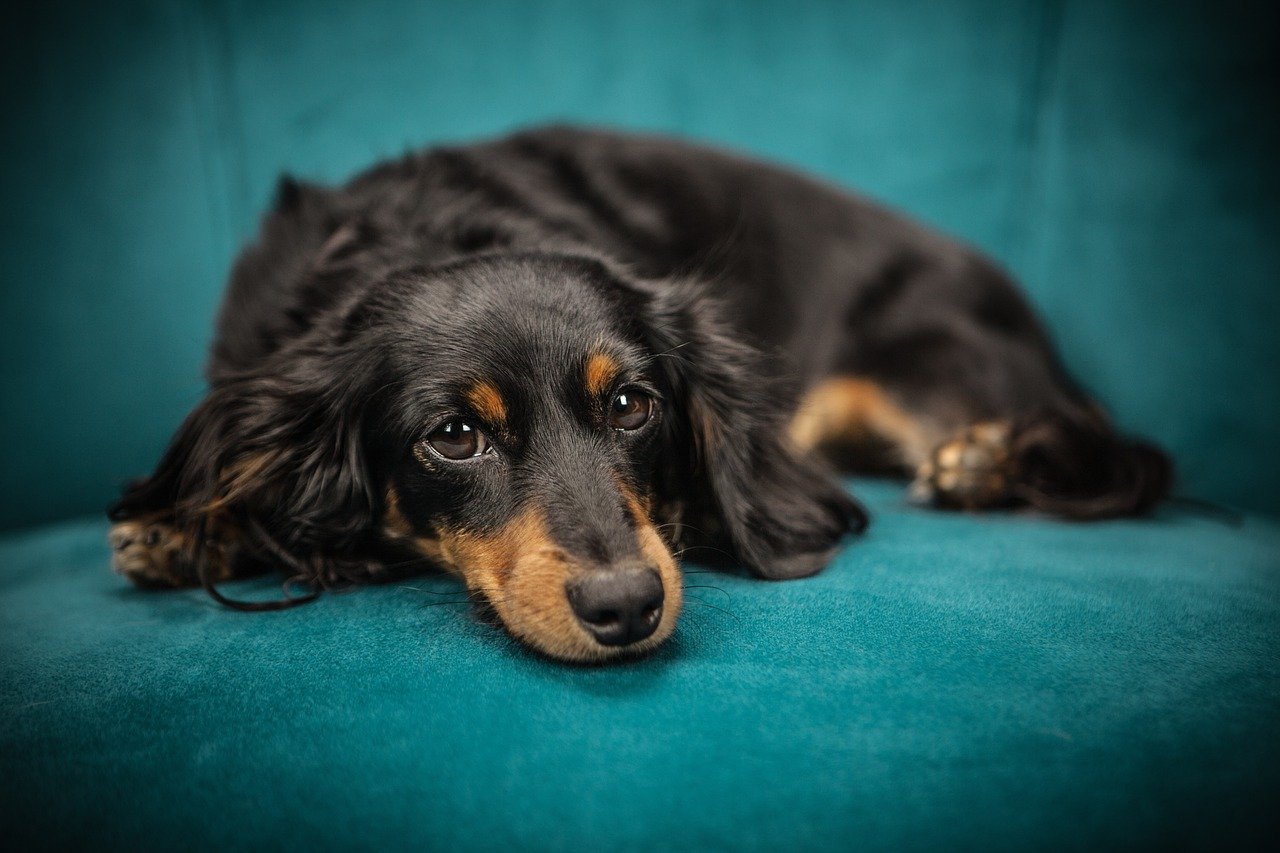
Sometimes, the best way to bond is to give space. Just like people, dogs need alone time. Respecting their space can show them that you understand their needs. It’s like giving someone time to themselves; it shows consideration and respect. Allowing your dog to come to you when they’re ready and not forcing interactions can lead to a deeper bond based on mutual respect.
Seeking Professional Help When Needed
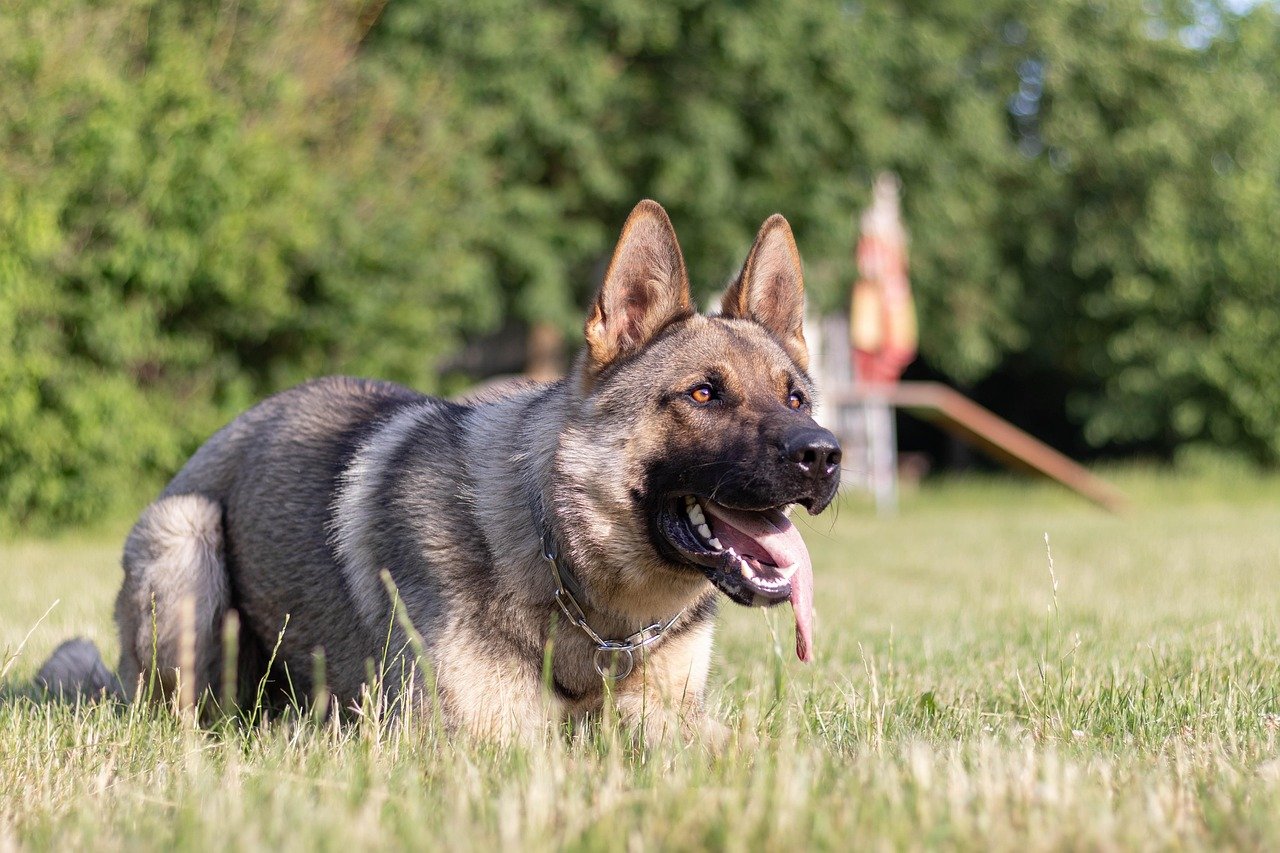
If you find that your efforts aren’t helping, seeking professional help can be beneficial. Dog trainers or behaviorists can provide insights and strategies tailored to your dog’s specific needs. Think of it as consulting an expert when you’re stuck. They can offer fresh perspectives and techniques that you might not have considered, ensuring that both you and your dog find harmony together.
Bonding with an aloof dog is a journey filled with challenges and rewards. By understanding their nature, creating a safe environment, and using patience and positive reinforcement, you can build a loving and trusting relationship. Remember, every dog is unique, and with time and effort, even the most aloof dog can become a devoted companion.

Linnea is a born and bred Swede but spends as much time as possible in Cape Town, South Africa. This is mainly due to Cape Town’s extraordinary scenery, wildlife, and atmosphere (in other words, because Cape Town is heaven on earth.) That being said, Sweden’s majestic forests forever hold a special place in her heart. Linnea spends as much time as she can close to the ocean collecting sea shells or in the park admiring puppies.

